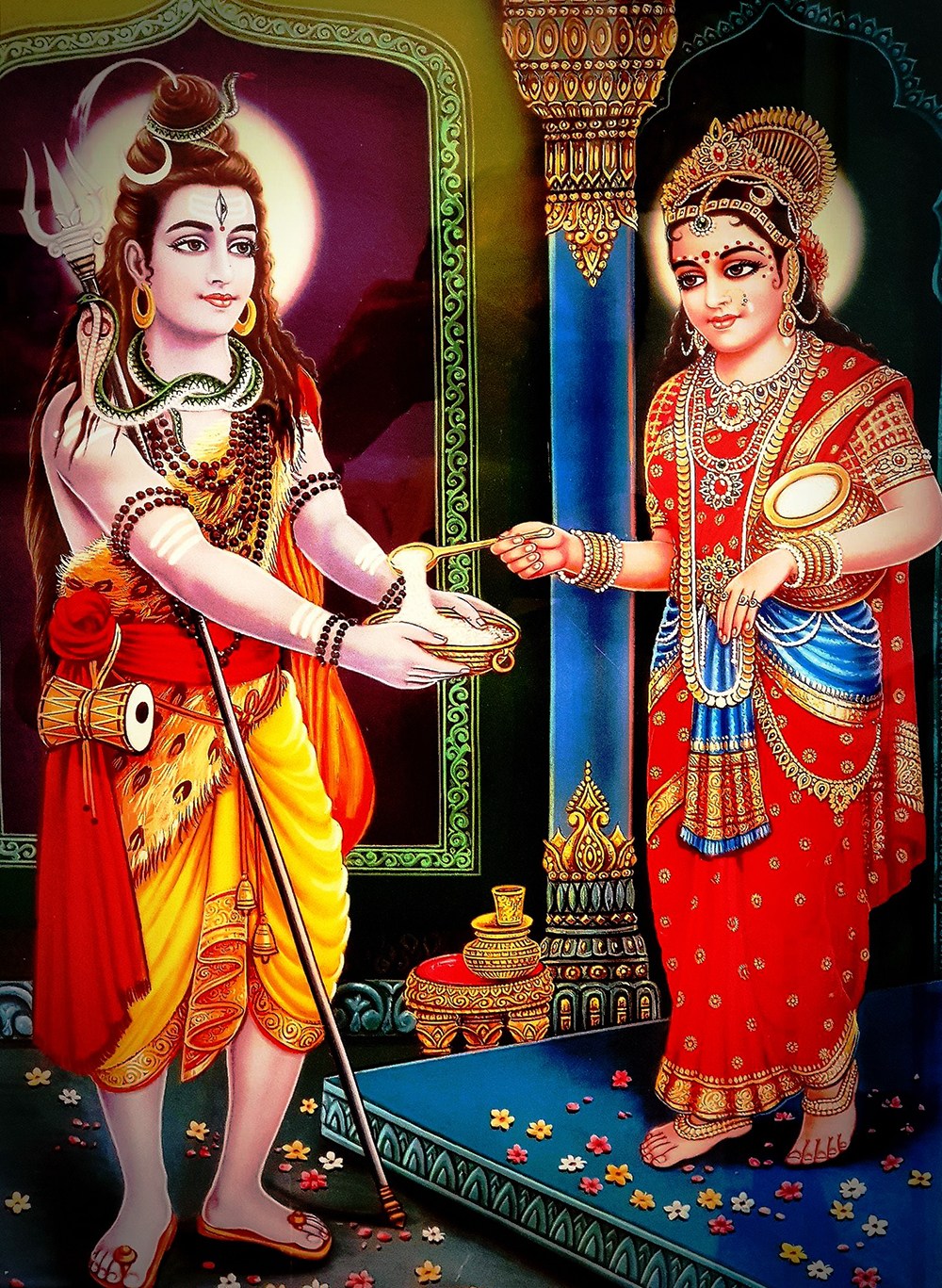Annapurna Stotram

Annapurna Stotram: Mantra with Meaning Goddess Annapurna is an aspect of Devi Adi Shakti (Parvati), and is known as Vedic Goddess of food and nourishment. In Vedic culture (Hinduism), food is considered sacred, and thus prayers are offered before consuming it. Due to the necessity of food for the sustenance of all living creatures, its donation is also considered the greatest among the charities. Apart from food and nourishment, Goddess Annapurna (incarnation of Parvati) is also worshipped for knowledge, wisdom, prosperities and liberation. The Supreme God is always involved in doing some kind of Leela from time to time to teach the humanity about the importance of certain things. Similar leela happened once between Lord Shiva and Goddess Parvati. Once, God Shiva started an argument with His beloved wife about the material world. He said that everything materialistic is just an illusion, including the food that humans eat. Mother Parvati, Who is the great caretaker of Her children ...


